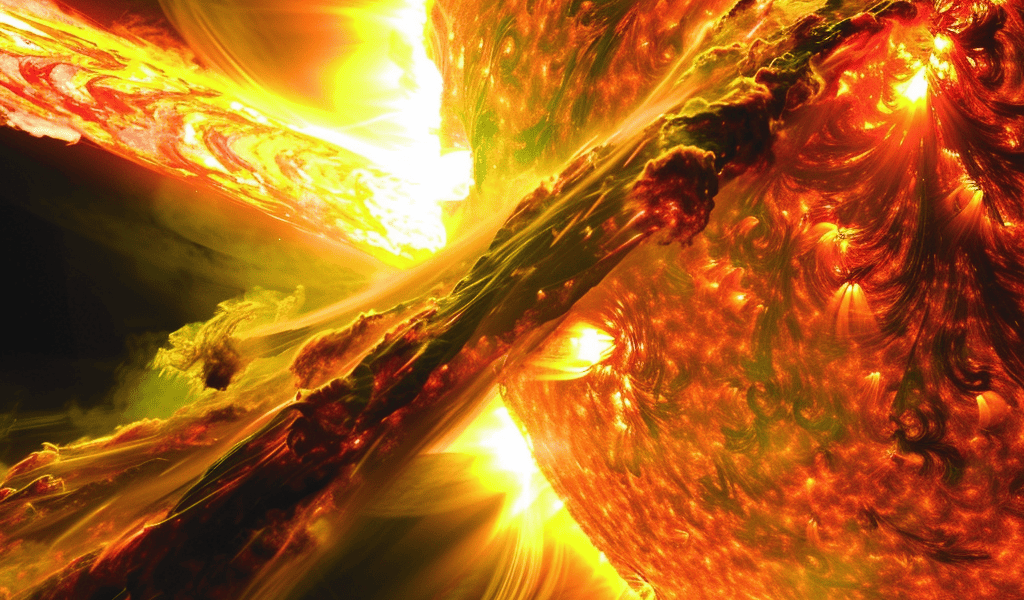NASA prepares for a looming solar storm, expected to peak in 2024. Recent research reveals insights into diverse solar energetic particles, raising concerns for Earth’s technology and space exploration.
In anticipation of an impending solar storm set to peak by 2025, NASA is intensifying its preparations to mitigate potential impacts on Earth. Recent predictions by the National Oceanic and Atmospheric Administration (NOAA) indicate a revised forecast for Solar Cycle 25, suggesting a stronger-than-expected peak between January and October of 2024.
Solar cycles, recurring roughly every 11 years, mark fluctuations in the Sun’s activity, notably evident through sunspots, areas where the magnetic field is exceptionally strong. With the upcoming peak, concerns are mounting regarding the potential consequences for our planet.
Historically, solar storms have shown their disruptive capabilities. On April 17, 2021, an extraordinary solar eruption sent a massive cloud of solar material hurtling into space, reaching speeds near that of light. This event, observed by multiple spacecraft at various locations between the Sun and Earth, highlighted the diverse nature of solar energetic particles (SEPs) unleashed during such phenomena.
Led by Nina Dresing from the University of Turku, a team of scientists studied the particles’ characteristics and origins. The analysis, published in Astronomy & Astrophysics, revealed that SEPs could pose a threat to technology, including satellites and GPS systems, while humans in space or on polar flight routes might be exposed to harmful radiation.





